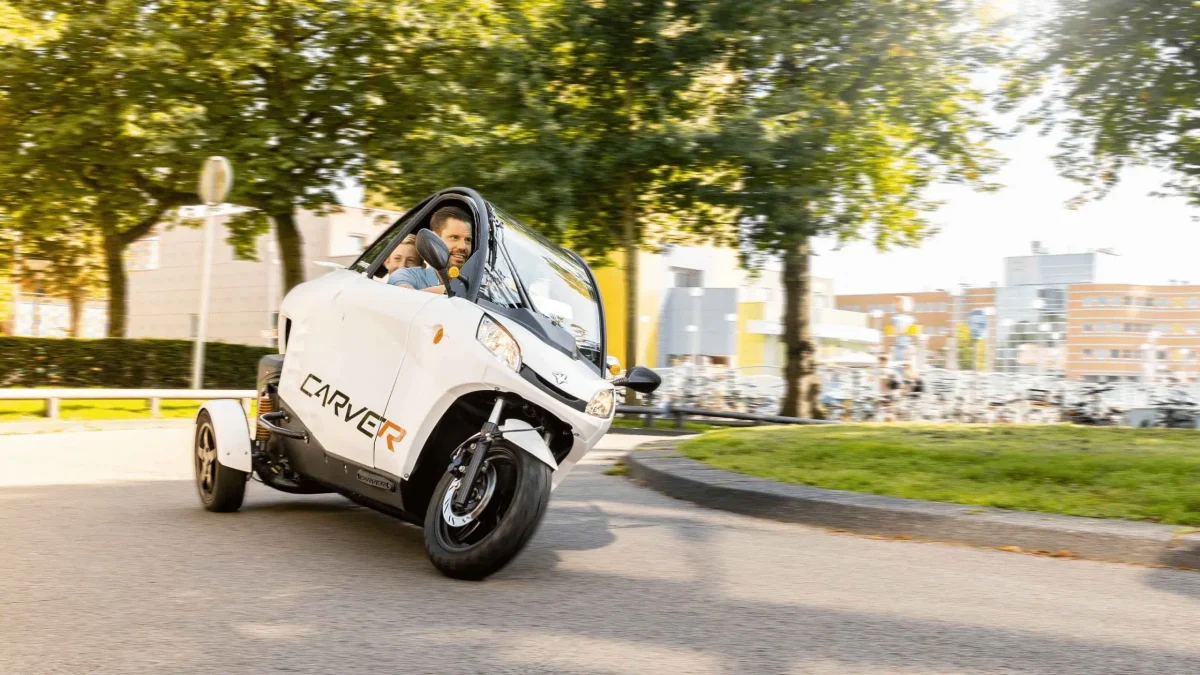Technology and warfare have been intertwined since the first electronic devices were invented. This is also the case in the current war in Ukraine and we are seeing more and more use of consumer electronics. The Ukrainian forces are using tesla’s Starlink and also consumer drones from DJI. Will this be the future of warfare and why are they being used so widely (Tsereteli, 2022).
We are first looking at the use of drones in the battlefield. Consumer drones are relatively cheap compared to military grade equipment. A small military tactical drone can cost around €35.000, while consumer drones from DJI go for around €1.000. The military drone is superior to the consumer one but in most use cases the consumer drone can be just as effective (Bledsoe, 2022). It is now showing that large quantities of consumer drones can be used very effectively on the battleground (Ayad & Young, 2022).
The communication on the battleground is being jammed by the Russian’s and infrastructure is destroyed. With communication being down and large military communications vehicles being for the most part too expensive for the armed forces, the Ukrainians are turning to Starlink from the company SpaceX. The hardware and internet connection is supplied by SpaceX. The versatility and its effectiveness are proven, all this while being a fraction of the price looking at larger radar and radio communications devices and vehicles (Antoniuk, 2022).
Modern day consumer electronics have large cost benefits compared to military grade equipment. It should be a message towards military contractors, that perhaps modern equipment does not have to be as expensive as it currently is. Military spending could probably be cut down when looking at consumer electronics. Using these economies of scale and modifying them to military equipment can probably bring down costs dramatically. The question remains if it will ever find mainstream use in larger military arsenals.
Antoniuk, D. (2022, September 5). How Elon Musk’s Starlink satellite internet keeps Ukraine online. The Kyiv Independent. Retrieved October 13, 2022, from https://kyivindependent.com/tech/how-elon-musks-starlink-satellite-internet-keeps-ukraine-online
Ayad, P., & Young, P. (2022, August 8). Ukrainian soldiers are turning consumer drones into formidable weapons of war. The Observers – France 24. Retrieved October 13, 2022, from https://observers.france24.com/en/europe/20220808-ukraine-russia-modified-commercial-drones-battlefield-donations-weapons
Bledsoe, E. (2022, October 3). How Much Does a Military Drone Cost? (The Answer You’re Looking For). The Soldiers Project. Retrieved October 13, 2022, from https://www.thesoldiersproject.org/how-much-does-a-military-drone-cost/
Tsereteli, A. (2022, August 2). War in Europe: Use of Technologies in the Russia-Ukraine War. Friedrich Naumann Foundation. Retrieved October 13, 2022, from https://www.freiheit.org/ukraine-and-belarus/use-technologies-russia-ukraine-war

